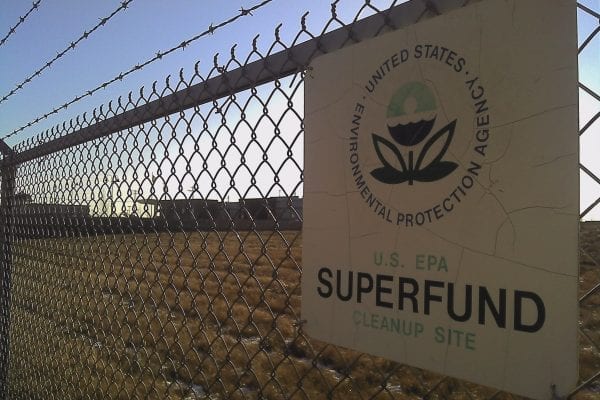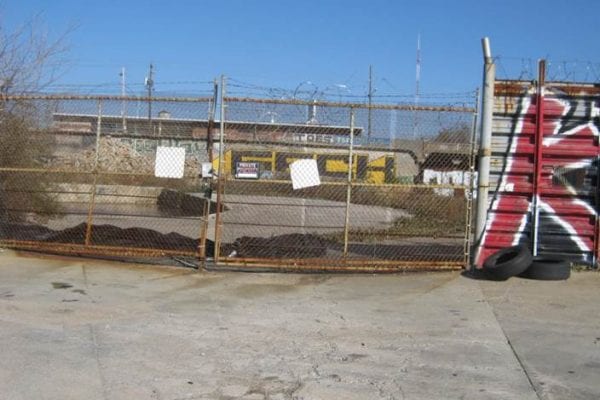Brownfield sites can be attractive investment opportunities, thanks to the many government incentives available for redevelopment. We’ve written previously about the pros, cons, and due diligence involved, as well as dealing with contamination and the terminology to know. Now we’ve rounded up all the current incentives available for brownfield sites in Florida, and are making that information available to you in this article.
The brownfield designation is made by a local government, and is often, but not always, a contaminated site. It is usually in an area in need of economic redevelopment that may or may not have been subject to environmental stresses in the past. The incentives listed below can be used for a wide variety of commercial and residential development efforts within officially designated brownfield areas.
Voluntary Cleanup Tax Credits
Voluntary Cleanup Tax Credits (VCTC) can apply to all costs associated with assessment and remediation of a brownfield site. They can be applied to Florida corporate income taxes or intangible personal property taxes. VCTCs are available to private or public entities who meet the eligibility criteria (established under sections 376.3078, 376.30781, and 376.82, F.S.). To access VCTC’s, you must enter into a Voluntary Cleanup Agreement or a Brownfield Site Rehabilitation Agreement. Credits are awarded by the Florida Department of Environmental Protection.
Tax credits are available, up to $500,000, in percentages of cost according to the type of expense, as follows:
- Site rehabilitation: 50% credit
- No further action bonus: 25% credit
- Affordable housing bonus: 25% credit
- Health care bonus: 25% credit
- Solid waste removal, transport, and disposal: 50% credit
The State of Florida’s VCTC page is here.
Loan Guarantees
Government loan guarantees can make capital easier and cheaper to access. Currently in Florida, guarantees are offered:
- Up to 50% on all sites
- Up to 75% for affordable housing and healthcare
You can download more details about loan guarantees on the State of Florida’s brownfields economic incentives page.
Job Bonuses
Developers can receive bonuses of up to $2500 for each new Florida job created at a brownfield site. To qualify, you must create an aggregate of ten new full-time jobs with benefits. When local governments match the bonus, the benefit is 20% of the average wage of the new jobs, up to the maximum. When the local government does not match, the credit is 80%. No more than 25% of the credit may be taken in any one year. It can be applied to corporate income, ad valorem, and sale and use taxes.
You can read the applicable statutes on the Florida legislature website here and here.
Qualified Target Industries
According to F.S. 288.106, additional credits are available to certain industries. These are identified by criteria including:
- Future growth
- Stability
- High wages
- Market and resource independence
- Industrial base diversification and strengthening
- Positive economic impact
Read the statute to learn more.
Sales Tax Refunds
Some low income housing and mixed use projects are eligible for sales tax refunds, according to F.S. 288.107.
Redevelopment cost expensing
Some brownfield redevelopment costs can be expensed rather than depreciated on federal tax returns.
EPA Grants
The EPA provides a variety of grant programs for redevelopment of contaminated brownfield sites. These generally assist in assessment and remediation costs, and are available on an annual basis.
You can learn more about EPA assistance on their brownfields page here.
RBCA Alternatives
Not all contamination has to be cleaned up to fixed concentration level standards. In some cases, when contamination is found, the clean-up can be based on a risk-based contamination assessment (RBCA), which can significantly reduce cost of remediation. For example, sometimes contamination can be encapsulated rather than removed.
When a RBCA is used, the developer and subsequent owners gain protection from environmental liability for further remediation, so long as the maintenance requirements are met.
Local Incentives
In addition to state and federal incentives, many local areas work hard to attract developers to brownfield areas, and provide additional funding and incentives to do so. These may include matching grants and credits, elimination of impact fees, and other assistance.
Tax Deductions
When contamination cleanup is necessary, expenses may be fully deductible in the year incurred rather than capitalized. This can apply retroactively.
Enterprise Zones
Brownfield properties often exist in areas with dual designation as enterprise zones. In these cases, they may be eligible for HUD and SBA funds as well as additional tax incentives.
Navigating the many incentives for brownfield redevelopment can be a challenge, but with so many available, it’s often well worth the time to do so.





